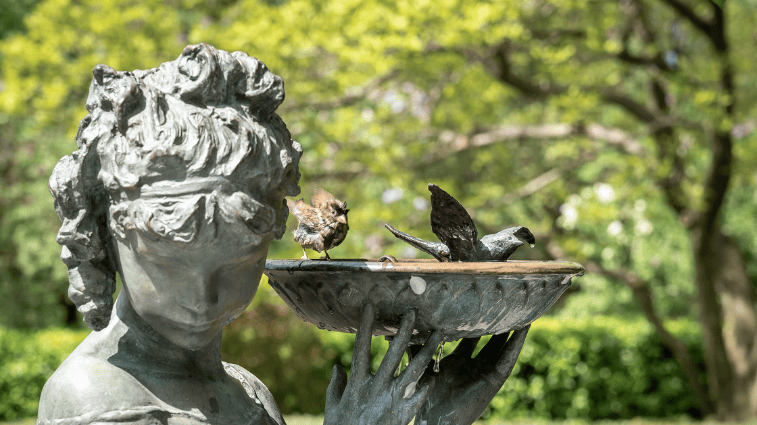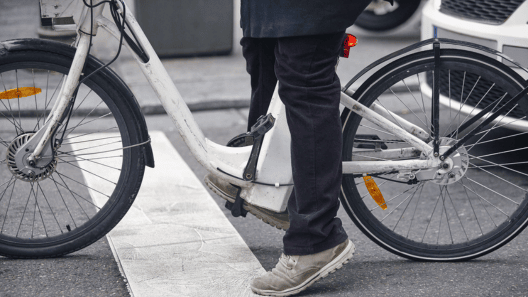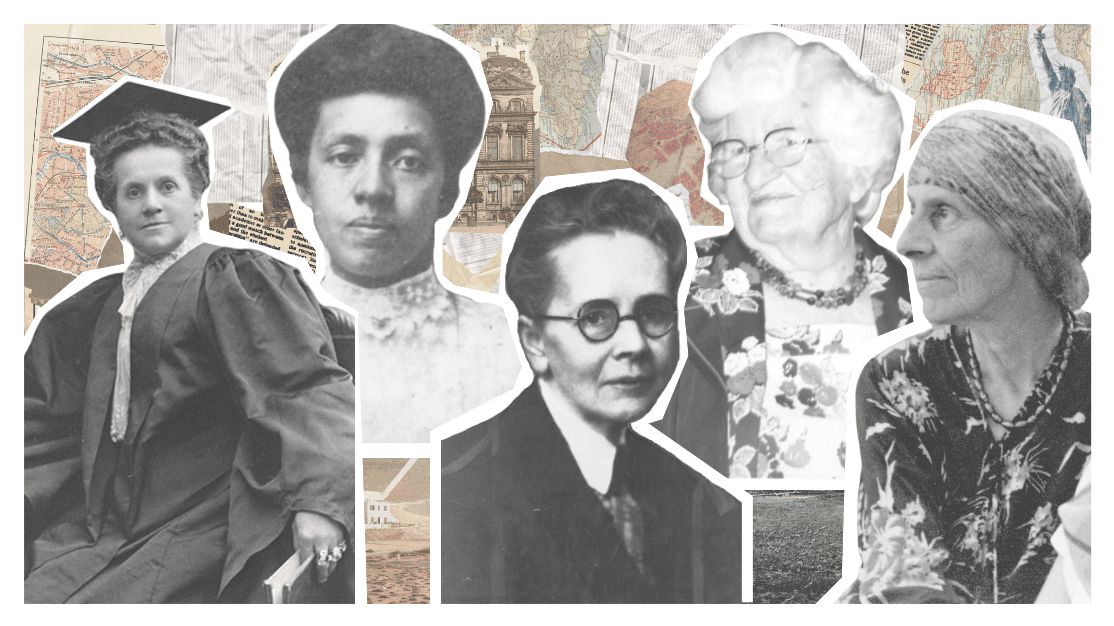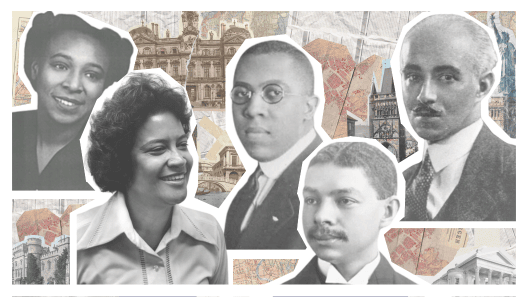
Bury Buildings, Not Birds: Flaco’s Death Revives Bird-Proofing Architecture
When Flaco the Eurasian eagle-owl escaped Central Park Zoo, he became a symbol of urban wildlife and a minor celebrity for New York City residents. More than a few miles away from his natural habitat, many feared the exotic owl wouldn’t be able to survive in the city for long. Sadly these fears were validated when, following a year of freedom, Flaco died after colliding with a skyscraper.
Flaco’s death is one of the many building-related bird fatalities that occur regularly across the nation. Millions of birds migrate through NYC every spring and fall, encountering unforeseen and unnatural threats such as bright lights and reflective glass. According to NYC Audubon, between 90,000 and 230,000 birds fatally crash into building glass each year in NYC alone, and this is likely an underreported estimate. As migration season approaches, so too do billions of birds flock to Central Park, only to become disoriented by nighttime lights. Most birds migrate at night, so the artificial lights produced by cities both lures and traps them.
As the many attempts to actualize green architecture have shown, urban design is aggressively at odds with nature. It may be time to change that.
The Legislation So Far
The most recent bird-friendly legislation, Local Law 15, went into effect January 2021, in response to NYC Audobon’s rising concerns. The law requires new buildings and major facade alterations to replace all exteriors with glazing that reduces bird collisions, including less reflective and patterned glazing. These bird-friendly materials must have a Threat Factor, or relative threat level to birds, of 25/100 or under, following a scale released by the American Bird Conservatory. The wide-reaching effects of this law solidify it as a landmark bill for US cities, and perhaps even for cities across the globe.
A comprehensive study published by Yale University revealed that, despite the improvements offered by Local Law 15, most buildings lag behind in implementing the new glazing. Other than new buildings, only buildings undergoing a “significant” enough alteration would be subject to bird-friendly requirements. In most cases, alterations are only considered significant enough if all windows on the building are being retrofitted. The current pace of installing bird-friendly glass is slow, but may quicken as older buildings undergo renovations to comply with NYC’s Energy Conservation Code standards; in this sense, bird-friendly and eco-friendly design go hand in hand.
“New rules and innovative strategies for mitigating existing building stocks are urgently needed, especially at high-collisions buildings,” explained Meredith Barges, co-author of the Yale study, in a press release. “The types of building renovations that trigger most laws will not happen fast enough to save many threatened birds in the decades ahead.”
This February, New York State lawmakers announced a renewed push for two pieces of bird safety legislation, which may soon affect construction in NYC. The first, renamed the FLACO Act (“Feathered Lives Also Count” Act), is a state-wide extension of Local Law 15, and would require any new or “significantly altered” state buildings to incorporate bird-friendly designs. The second bill, titled the Dark Skies Protection Act, would reduce light pollution by requiring most non-essential outdoor lighting to be covered, made motion-activated, or to be turned off between 11 PM and 5 AM.
Lights Out bills Int. 274 and 271, which were passed in 2021, required city-owned and -managed buildings to turn off non-essential lights during migration periods, but the Dark Skies Protection Act would expand the requirements to privately owned buildings as well. The effects of the act would be beneficial not only for birds, but for light pollution, and energy conservation as well. You could say that the passing of this legislation would kill more than two birds with one stone — but only colloquially, of course.
Conclusion
In the ongoing effort to implement environmentally-friendly architecture, it’s important to remember the safety of our winged residents — and winged tourists. With the arrival of spring, bird watchers and regular New Yorkers alike may note a variety of migrating birds passing through the city. All are encouraged to remain aware of any future laws protecting NYC wildlife, as the growing movement to reduce the city’s impact on birds invokes further changes.
For assistance in navigating present and future bird-friendly legislation (or any other building code or zoning challenges), reach out to Outsource Consultants, Inc., experts in the industry for over 30 years. See the resources below for more information on the policies so far.
Resources
- Building Safer Cities for Birds: How Cities Are Leading the Way on Bird-Friendly Building Policy (Yale University)
- Local Law 15








